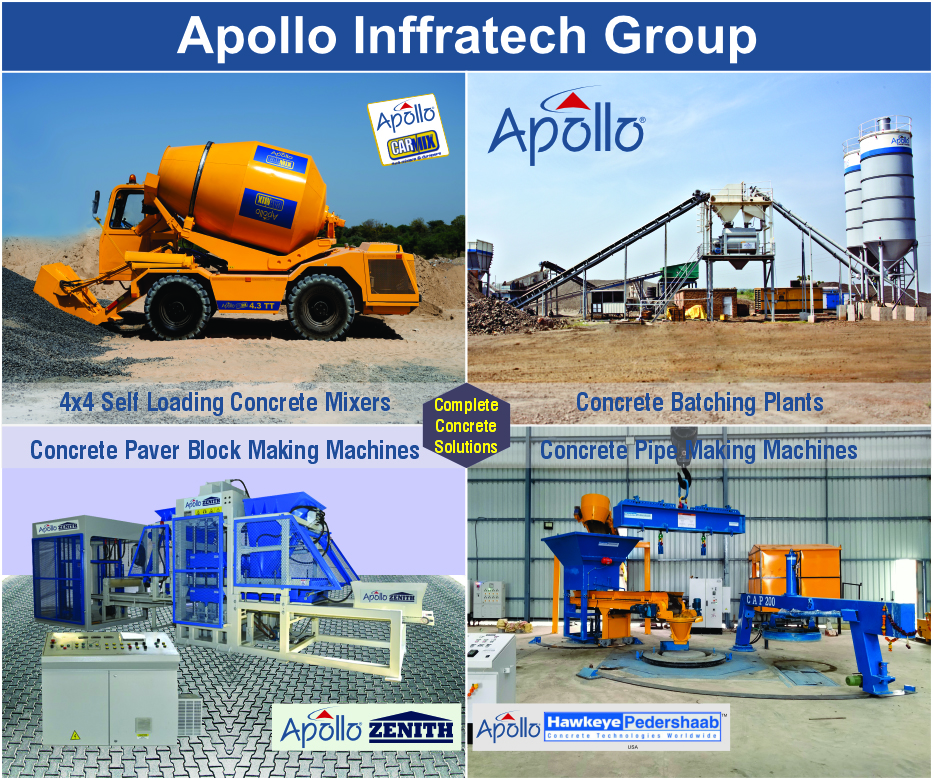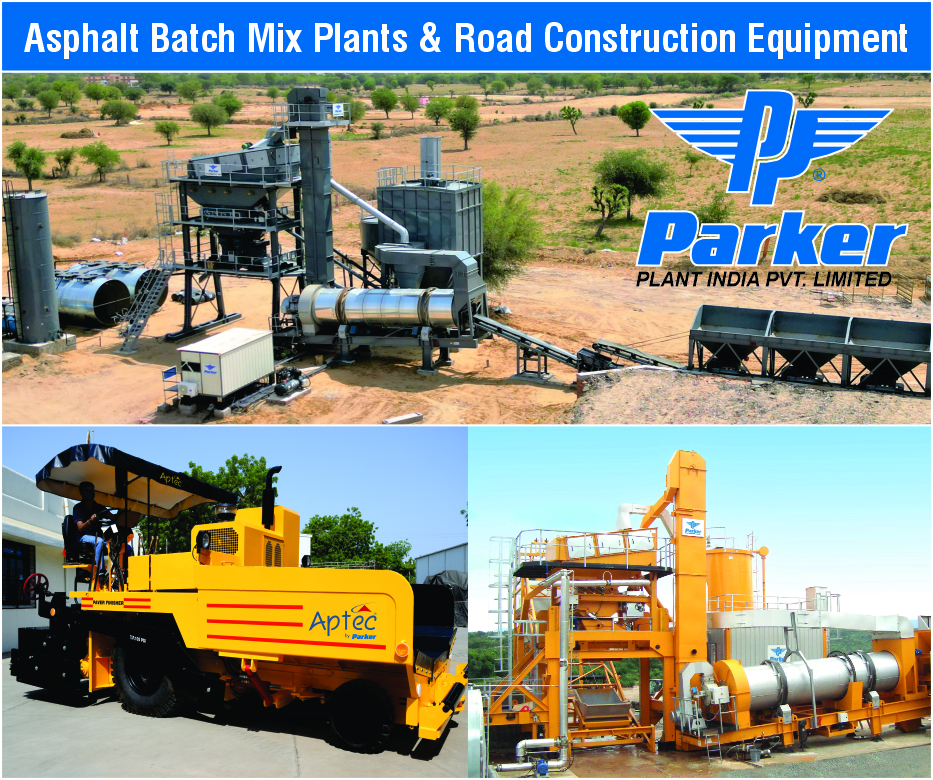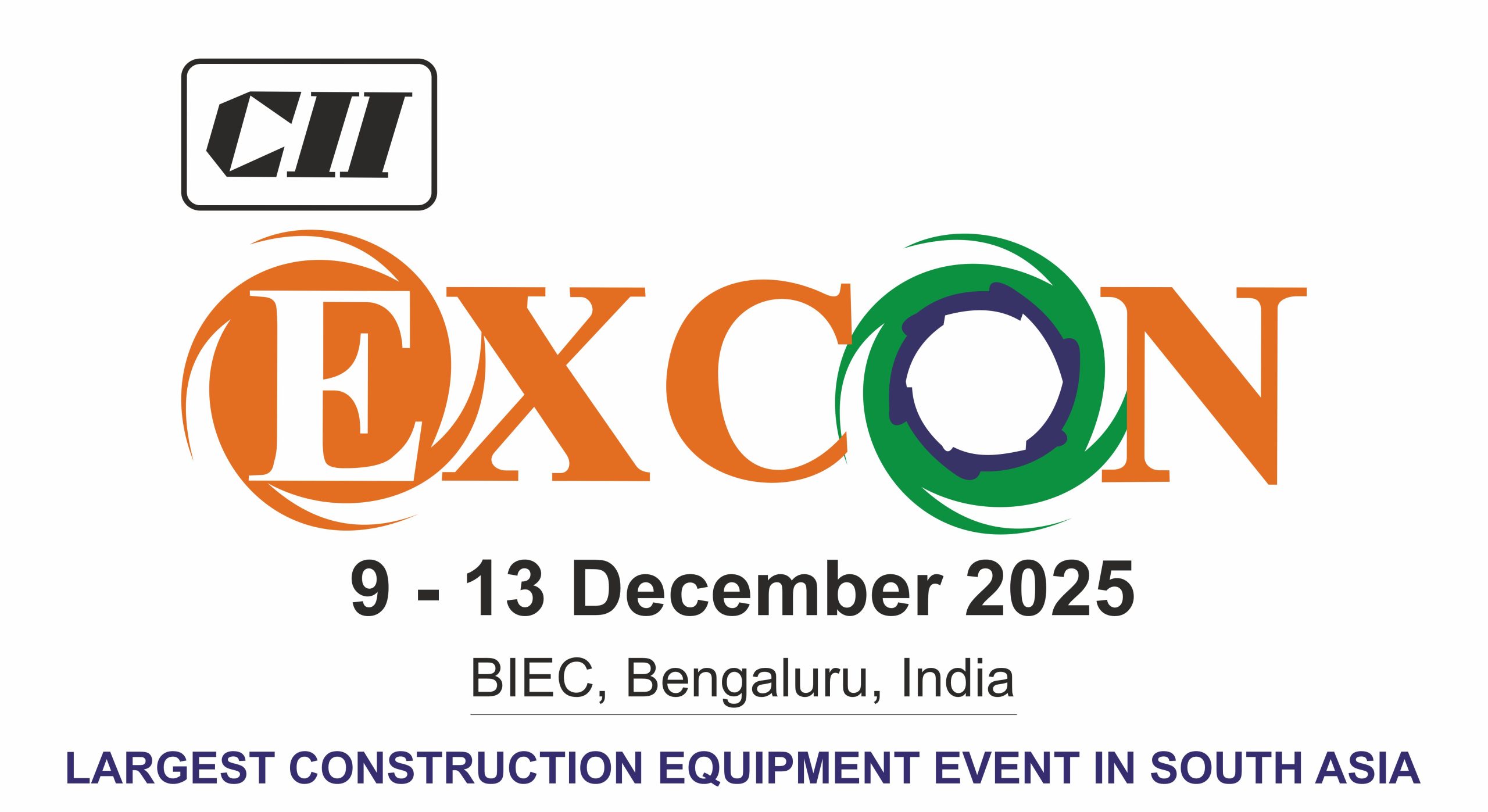The upcoming Navi Mumbai International Airport represents one of India’s most ambitious infrastructure milestones. For a region long dependent on a saturated Mumbai airport, NMIA is more than just a second runway — it is a new economic engine. The project promises a massive boost to connectivity, cargo movement, tourism, and overall business competitiveness. The airport’s scale and design indicate a future where Mumbai becomes a true twin-aviation hub, welcoming global carriers and creating thousands of direct and indirect jobs across logistics, hospitality, manufacturing, and real estate.
Yet, in the excitement, it is essential to acknowledge the trade-offs. The airport’s development sits at the heart of sensitive mangrove ecosystems and wetlands. Urban expansion around Ulwe and Panvel has already placed pressure on local biodiversity, and the risk is that growth may come at a lasting ecological cost. Another concern is affordability for existing communities. With land prices soaring, the development boom must not push out long-term residents or displace lower-income families who form the region’s backbone.
India needs world-class infrastructure, and NMIA is a step in that direction. But its true success will be measured not only by flights and profits, but by how responsibly we balance development with ecological protection and inclusive growth.








